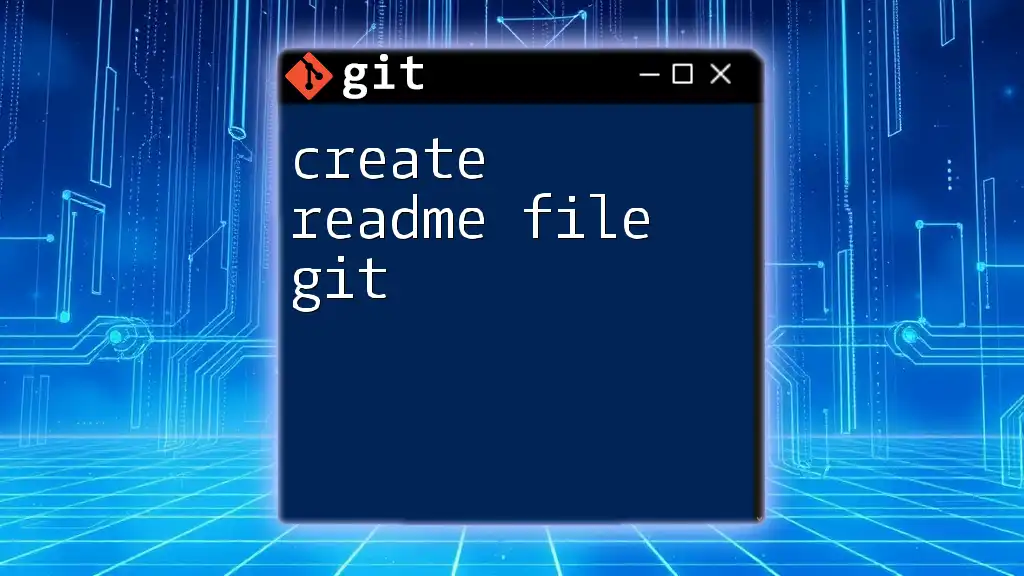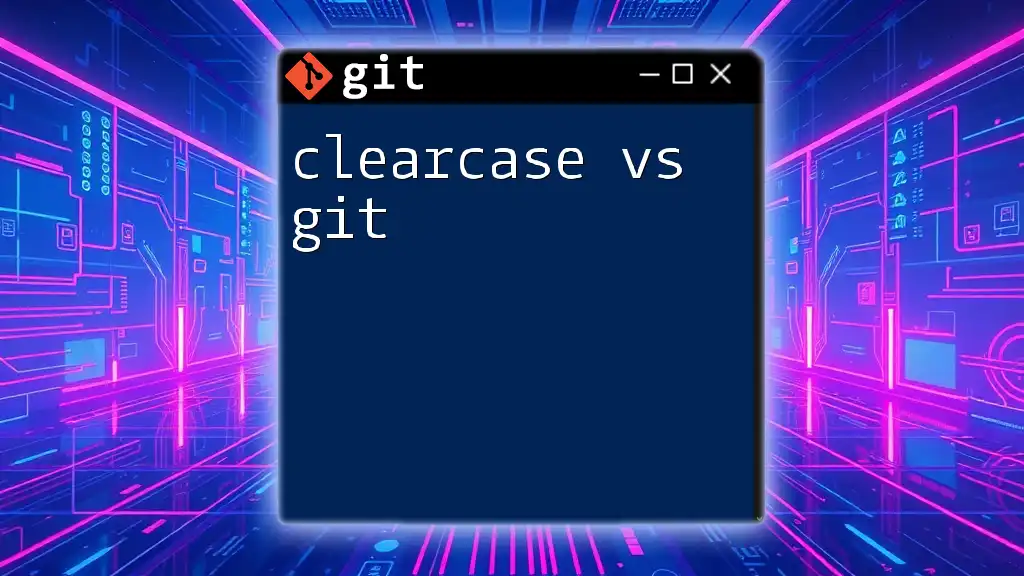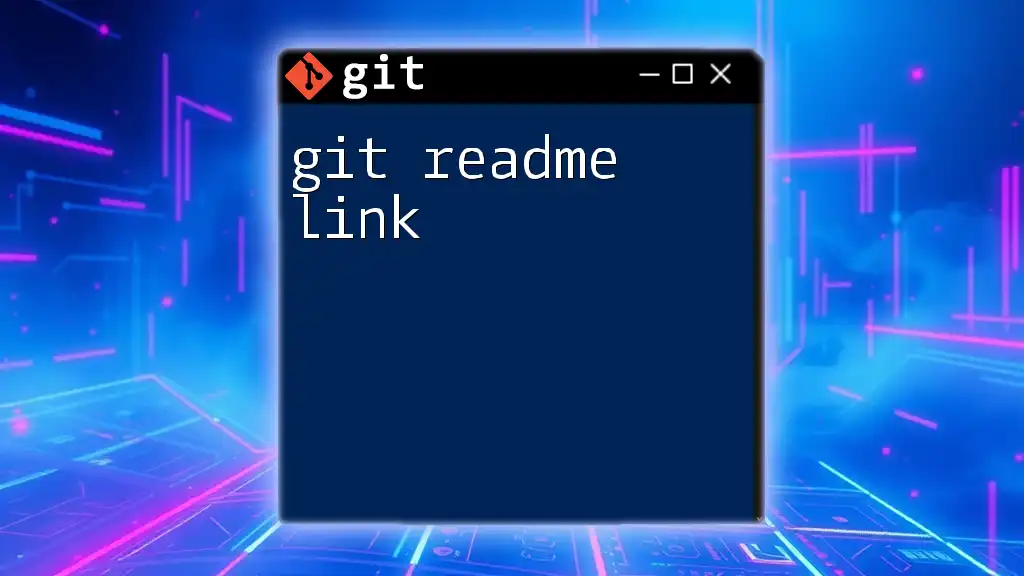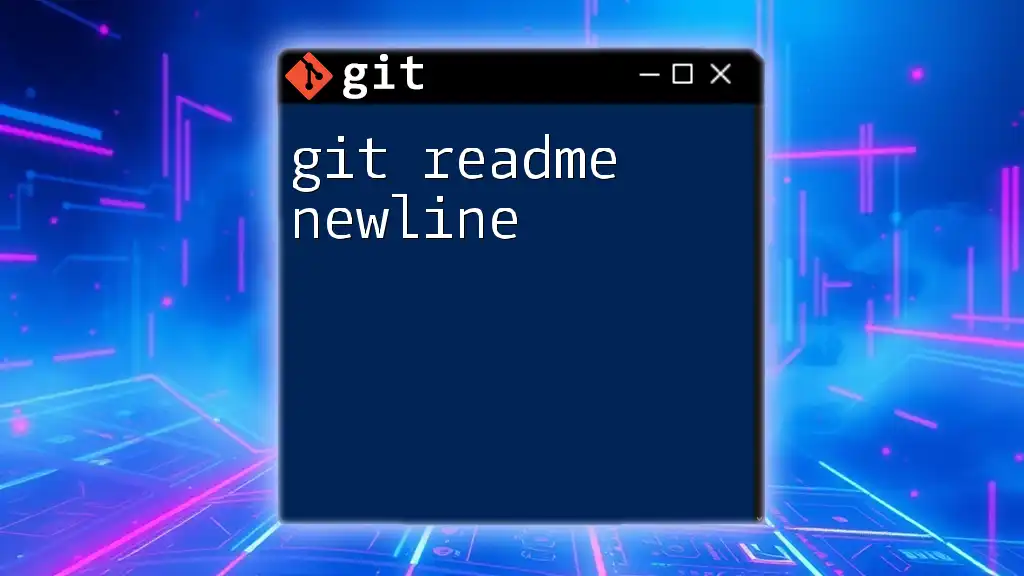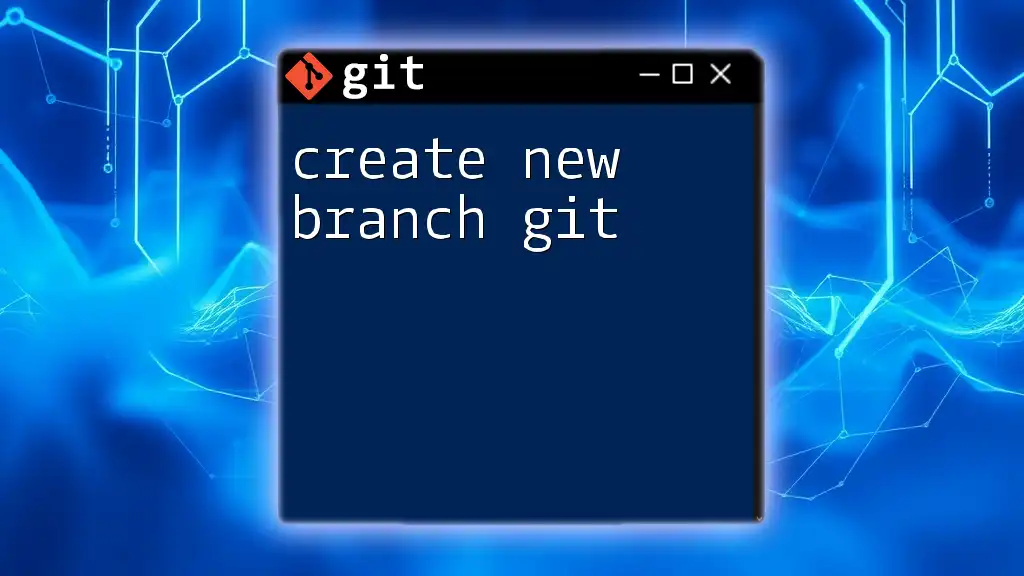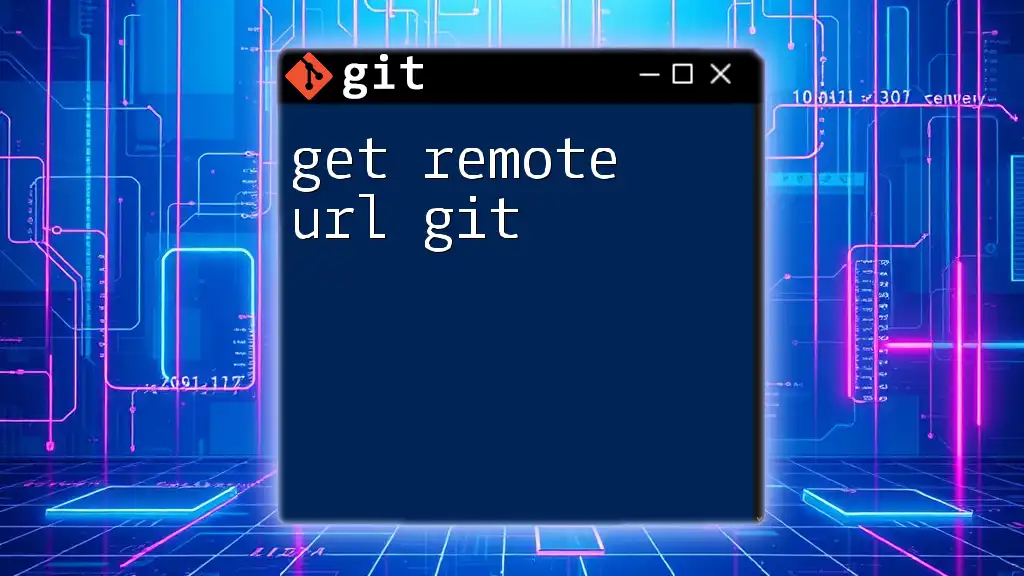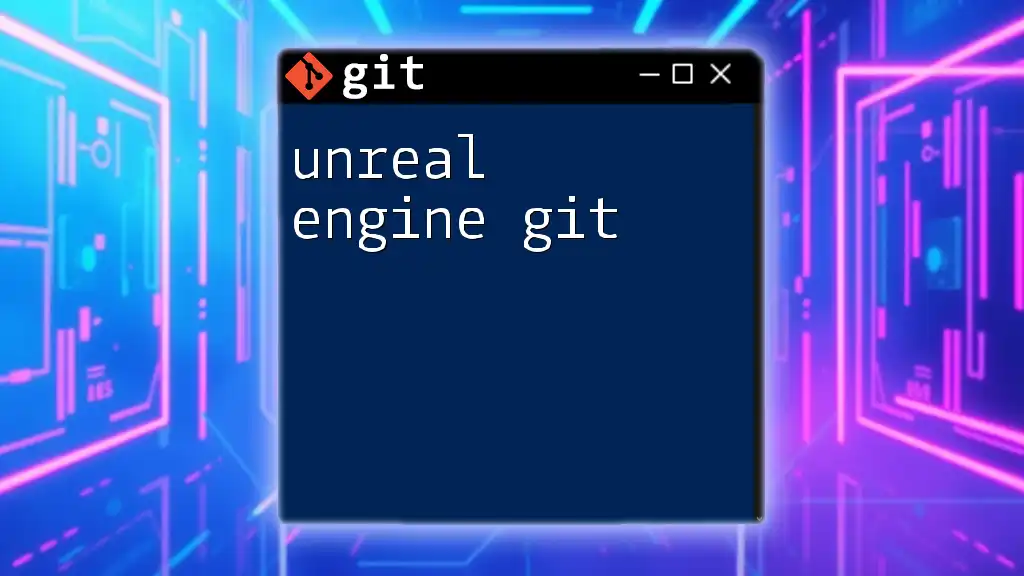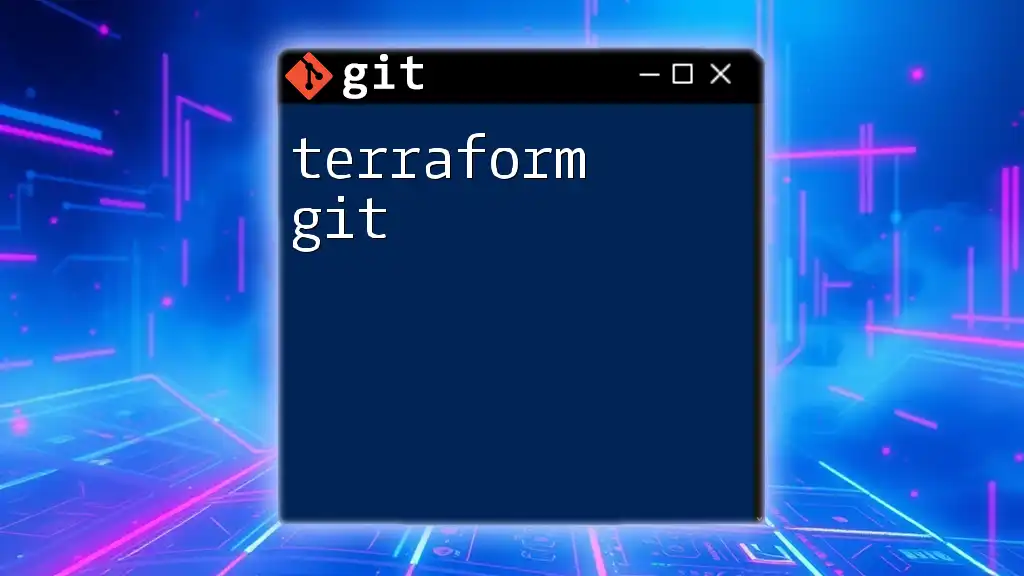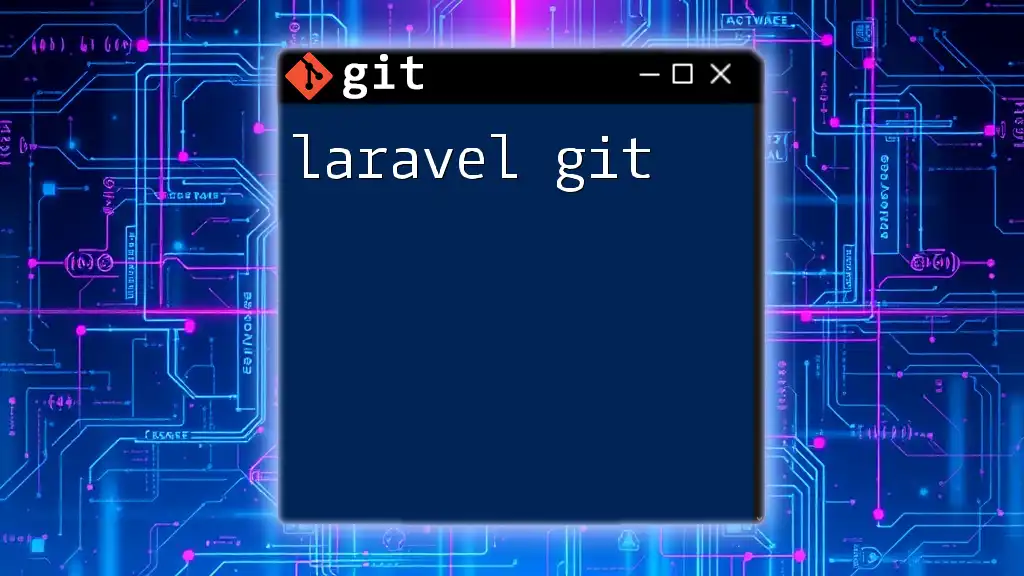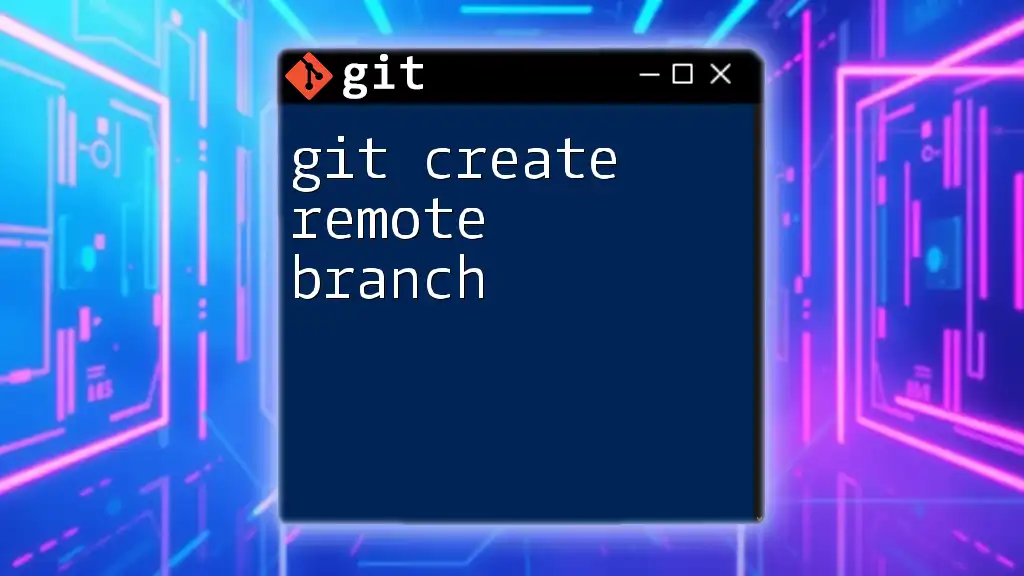To create a README file in your Git repository, simply use the `echo` command to write your content into a new file named `README.md`:
echo "# My Project Title" >> README.md
Understanding the README File
What is a README File?
A README file serves as the primary documentation for a project. It outlines important details about the project, providing both context and instruction to anyone who interacts with it. README files are vital in a Git repository because they give potential users and contributors a quick reference about what the project does, how to install it, and how to contribute.
Elements of a Good README File
To create an effective README file, ensure it contains the following essential elements:
- Title: Clearly state the name of your project. This is the first thing readers will see, so make it descriptive.
- Description: Provide a concise overview of what the project does and its key features.
- Installation Instructions: Specify the steps required to set up the project on a local machine. Include any prerequisites.
- Usage Instructions: Offer guidance on how to use the project after installation, providing examples when possible.
- Contributing Guidelines: Detail how others can contribute to the project, including code standards or use of issues.
- Licenses: Let users know about licensing to clarify rights and permissible usage.
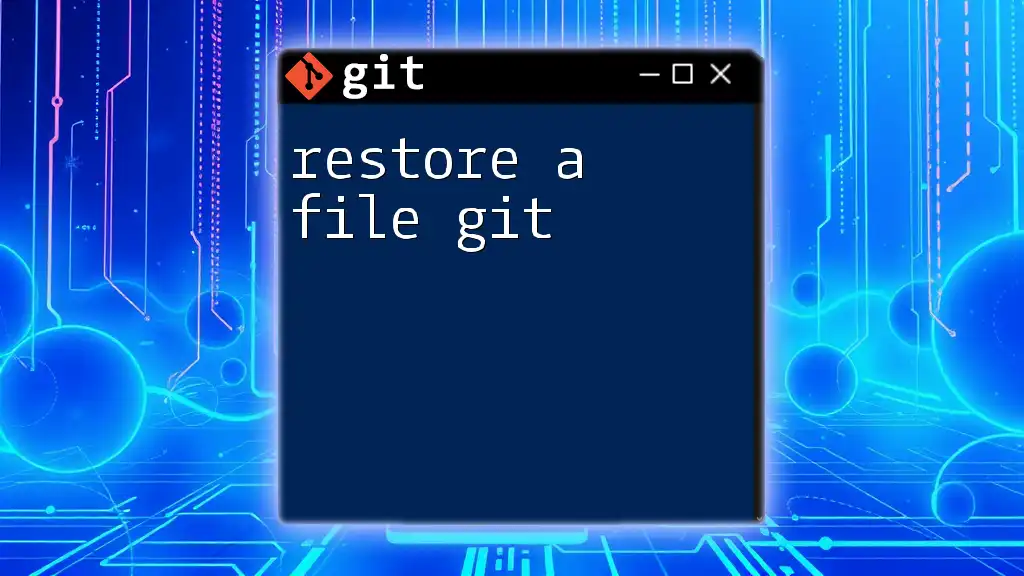
Creating a README File in Git
Step-by-Step Guide to Create a README File
Initializing a Git Repository
The first step in creating a README file is initializing a new Git repository. Here’s how you can do that in your terminal:
git init my-project
cd my-project
This command initializes a new directory named "my-project" with a Git repository, ready for you to create and manage your files.
Creating the README File
Once your Git repository is set, you need to create the README file. This is done easily using the touch command:
touch README.md
This command generates a blank README file named "README.md". The `.md` extension indicates that it will use Markdown, a simple and widely-used markup language.
Writing Your First README Content
Markdown Basics
To make your README visually appealing and easy to read, you'll want to use Markdown syntaxes effectively. Here are some key elements:
- Headers: Use `#` for headers, with increasing numbers of `#` for sub-headers.
- Bold Text: Wrap text with double asterisks `**` or double underscores `__` to make it bold.
- Italics: Use single asterisks `*` or underscores `_` for italicized text.
- Lists: Create bullet points by starting a line with `-` or `*` for unordered lists and `1.`, `2.` for ordered lists.
Example: Basic README
Here’s a simple README structure that incorporates all basic elements:
# Project Title
A brief description of your project.
<InternalLink slug="dockerfile-git" title="Mastering Dockerfile Git: Your Quick Guide to Commands" featuredImg="/images/posts/d/dockerfile-git.webp" />
## Installation
Follow the steps below to install the project:
1. Clone the repository
```bash
git clone https://github.com/yourusername/repo.git
- Navigate into the directory
cd repo - Install dependencies
npm install
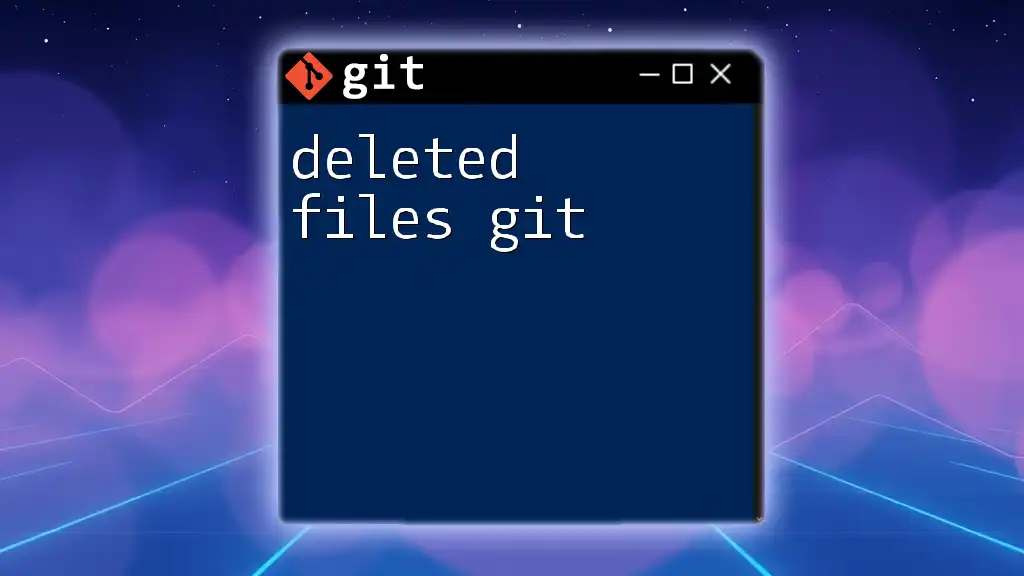
Usage
To use this project, run the following command:
npm start
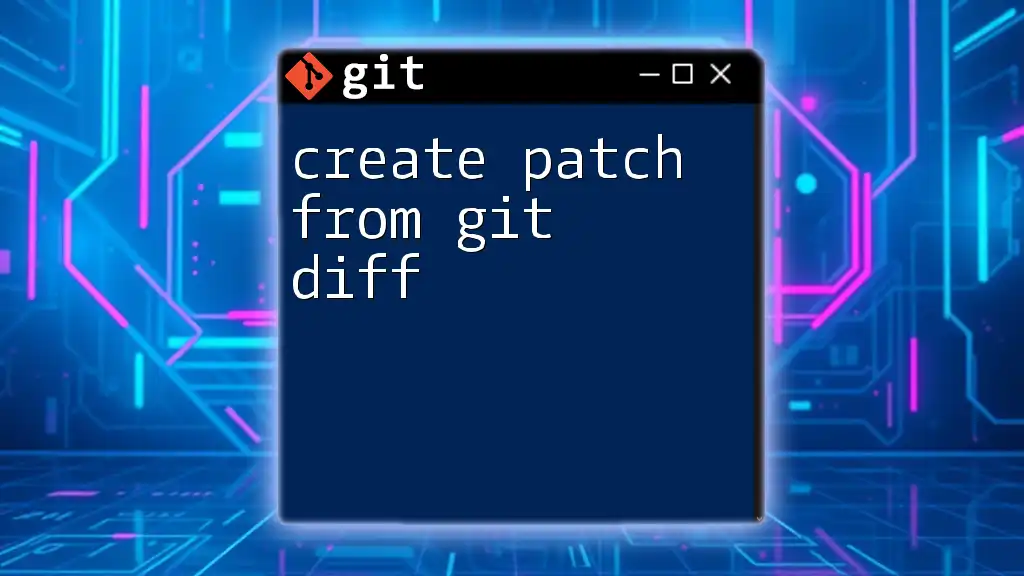
Contributing
We welcome contributions to this project! Please read our guidelines for contributing.
### Common Practices for README Files
#### Use of Badges
Badges are a great way to visually represent the status of your project (e.g., build status, license). They're typically found at the top of README files and provide quick insights. You can add a badge like this:
```markdown

This snippet adds a badge indicating the build status. Badges not only make your README more attractive but also informative.
Including Screenshots
Visual aids can enhance understanding. Including screenshots or diagrams can help illustrate key points or functionalities of your project. You can add an image to your README using the following syntax:

This format is straightforward and allows users to visualize the application’s interface or usage.
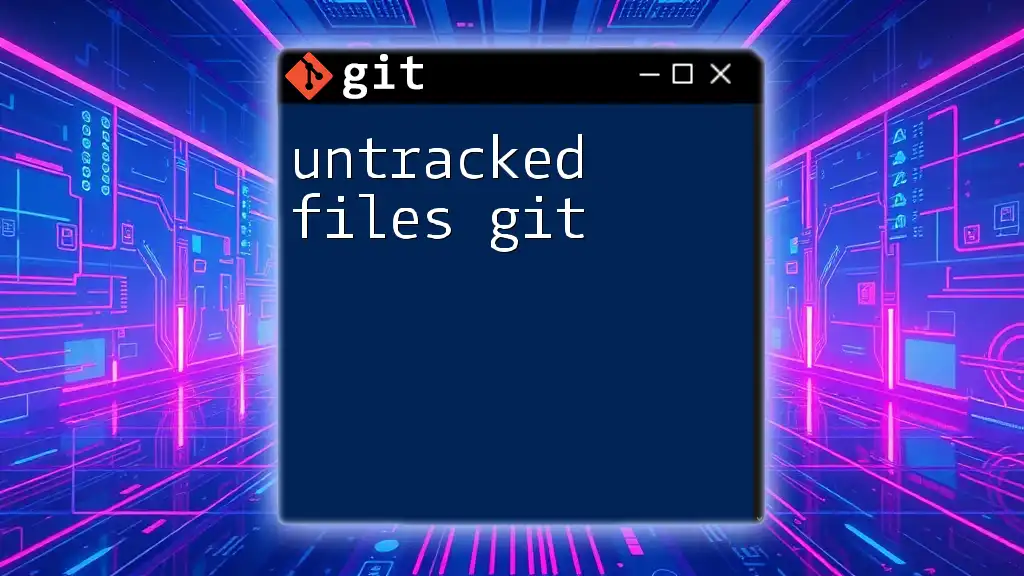
Advanced README Features
Adding Links and References
Hyperlinks improve the interactivity of your README. Linking to relevant resources or documentation can greatly enhance the reader's experience. Use the following syntax to create a hyperlink:
[Learn Git](https://git-scm.com/)
This creates a clickable link that directs users to the Git official website, offering them more detailed information.
Customizing the README with Style
Colors and Styling
For more advanced customization, you can use HTML tags within Markdown to style text. For instance, you could change the text color like this:
<span style="color:blue">This text is blue!</span>
While Markdown itself has limitations, leveraging HTML allows for greater creative expression.
Versioning Your README
Your README is a living document that should evolve alongside your project. Regular updates ensure the information is current and reflective of any changes. Use Git's version control features to track modifications to your README file over time. This practice not only keeps users informed but also functions as a historical log of your project’s evolution.
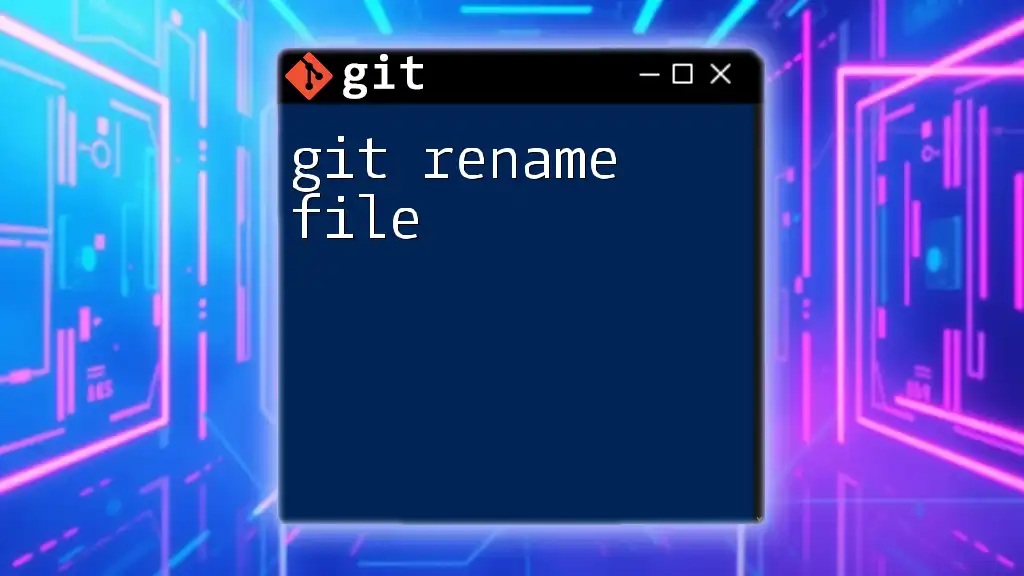
Final Touches
Saving and Committing Your README File
Once you've drafted your README file, it's essential to save your changes. Use the following commands to stage, commit, and push the updates to your remote repository:
git add README.md
git commit -m "Add initial README"
git push origin main
This sequence of commands stages your changes, commits them with a message, and then pushes the changes to the main branch on your remote Git repository.
Ensuring Clarity and Usability
After writing your README file, it’s crucial to test its clarity by following the instructions from a fresh perspective—possibly even from an uninvolved user’s point of view. Gather feedback and make adjustments accordingly; clarity is key to better project collaboration and user engagement.
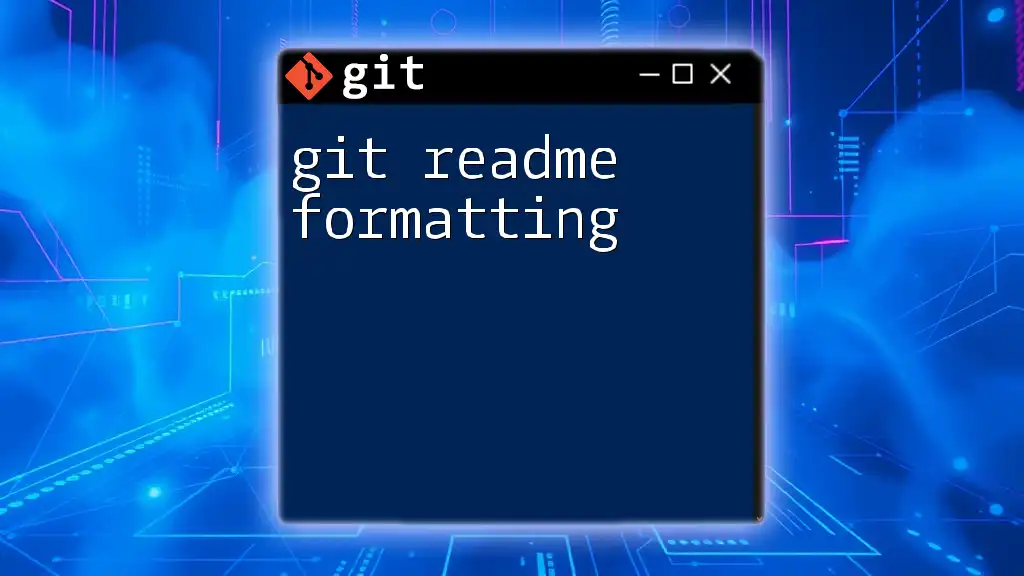
Conclusion
Creating an informative and well-structured README file is an essential practice for anyone involved in software development and version control. A well-crafted README acts not only as a user guide but also as the face of your project within the Git community. By following the guidelines provided, you can ensure your README file maximizes collaboration and fosters effective communication with users and contributors alike.
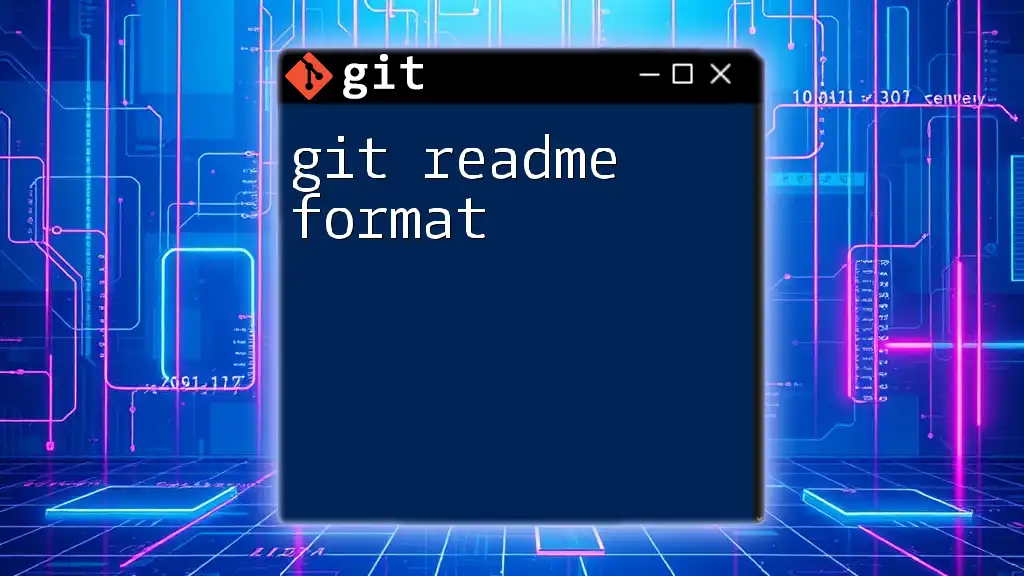
Additional Resources
- [Git Documentation](https://git-scm.com/doc)
- [Markdown Guide](https://www.markdownguide.org/)
- [Open Source Guide](https://opensource.guide/)
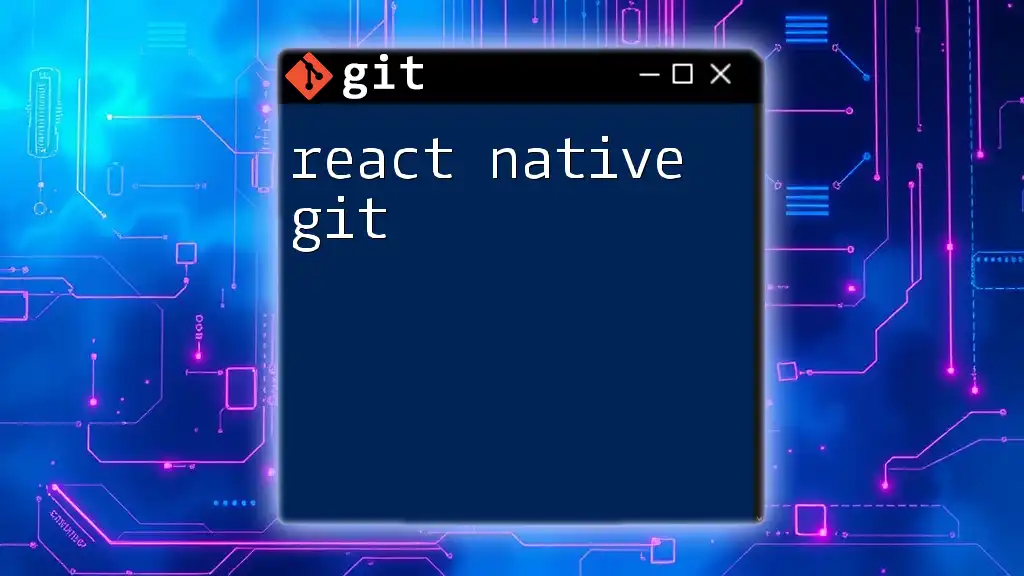
FAQ
Why is a README file important in Git?
A README file serves as a roadmap for your project, helping both users and contributors to understand how to interact with your code effectively.
Can I use graphics in my README file?
Yes, graphics such as images and badges can enhance your README file, making it more engaging and informative.
How often should I update my README file?
You should update your README file whenever significant changes occur in your project or whenever new features are added, ensuring that it remains current and relevant.

